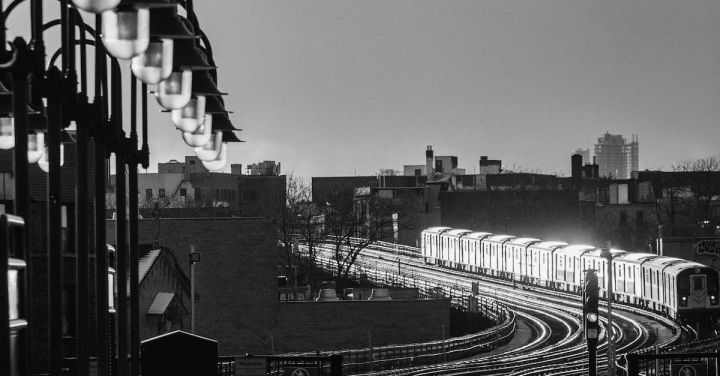High-speed rail has long been the dream of transportation enthusiasts, promising to revolutionize travel and connect cities like never before. With the advancements in technology and the growing need for efficient and sustainable transportation options, making high-speed rail a reality is no longer a fantasy, but a feasible goal.
One of the key factors driving the push for high-speed rail is the need to reduce our carbon footprint. As the world becomes more conscious of the environmental impacts of transportation, it is clear that traditional modes of travel, such as cars and airplanes, are not sustainable in the long run. High-speed rail offers a greener alternative, with significantly lower carbon emissions compared to other forms of transportation. By investing in high-speed rail, we can contribute to the global effort to combat climate change.
Another important factor in making high-speed rail a reality is the economic benefits it brings. The construction and operation of high-speed rail systems create jobs and stimulate economic growth. It also boosts tourism and encourages business development, as cities become more accessible and interconnected. High-speed rail has the potential to revitalize struggling economies and bring prosperity to regions that have been left behind.
One of the main challenges in implementing high-speed rail is the cost. Building a high-speed rail network requires substantial investment, both in terms of infrastructure and rolling stock. However, the long-term benefits outweigh the initial costs. Studies have shown that the economic returns from high-speed rail projects can be significant, with some projects paying for themselves within a relatively short period. By securing funding and adopting a long-term perspective, we can overcome the financial hurdles and make high-speed rail a reality.
In addition to funding, another challenge is the need for political will and collaboration. High-speed rail projects often span multiple jurisdictions, requiring coordination and cooperation between different governments and stakeholders. It is crucial to have a clear vision and a unified approach to overcome bureaucratic barriers and ensure that all parties are working towards a common goal. By fostering a collaborative spirit and engaging in open dialogue, we can overcome political obstacles and make high-speed rail a reality.
Furthermore, safety is a critical aspect that must be addressed when implementing high-speed rail. As high-speed trains travel at incredibly fast speeds, ensuring the safety of passengers and workers is paramount. Stringent safety standards and regulations must be put in place, and continuous monitoring and maintenance are essential to prevent accidents and ensure smooth operations. By prioritizing safety and investing in robust infrastructure, we can build a high-speed rail network that is not only efficient but also secure.
Lastly, public perception and support play a vital role in making high-speed rail a reality. It is crucial to educate the public about the benefits of high-speed rail and address any concerns or misconceptions they may have. By involving the community in the planning process and addressing their needs and feedback, we can build trust and garner support for high-speed rail projects.
In conclusion, making high-speed rail a reality requires a combination of factors – environmental consciousness, economic benefits, funding, political will, collaboration, safety measures, and public support. As we strive for a more sustainable and interconnected future, high-speed rail offers a promising solution to our transportation challenges. By investing in high-speed rail, we can create a greener, more prosperous, and efficient world for generations to come.
